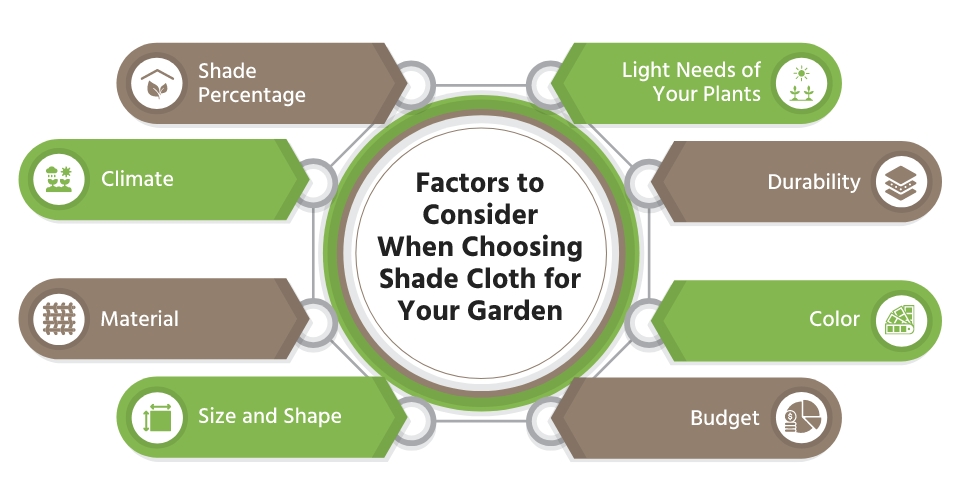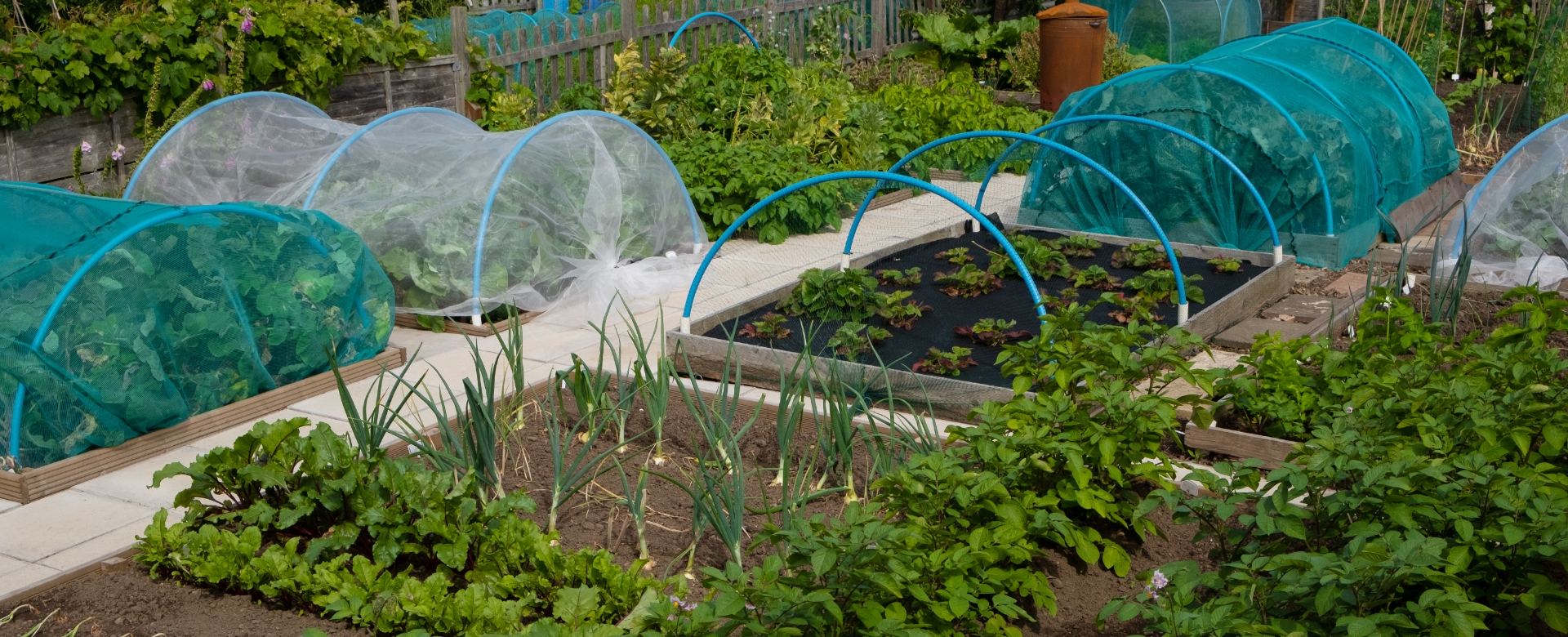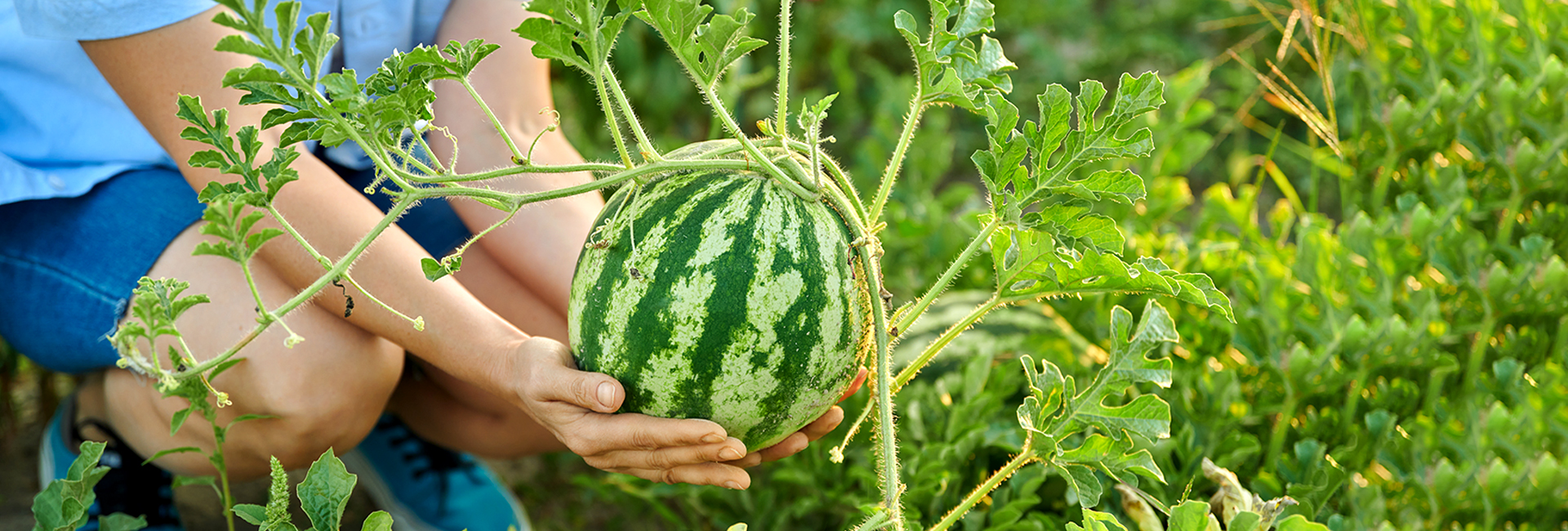There’s no question that gardening is a richly rewarding experience. But it has its challenges, especially with scorching sunlight.
If you’re looking for a way to protect your plants and improve their health, look no further.
Shade cloth is a must for gardeners dealing with extreme weather conditions. It can provide the perfect balance of sunlight and shade, helping your plants thrive even in the hottest months, made with the best sun shade fabric.
This guide covers everything you need to know about how to use shade cloth for plants, including types, benefits, and choosing the right one for your garden. By the end of this guide, you’ll have all the knowledge you need to keep your garden flourishing, no matter the weather.
What Is Garden Shade Cloth?
Garden shade cloth is a specially designed fabric that controls the amount of sunlight your plants get. Made from different materials, these cloths filter out harmful UV rays and excessive sunlight, creating a controlled environment for your garden.
Shade clothes for plants come in various types and densities, each suited for specific gardening needs. This protection helps prevent sun scald, reduces plant stress, and promotes healthy growth.
What Are the Types of Shade Cloth for Gardening?
Picking the right shade cloth can really boost your garden’s success. Here are the different types of gardening shade cloths:
1. Knitted Shade Cloth
Knitted shade cloth is highly durable and flexible. It’s resistant to tearing and fraying. This makes it perfect for long-term use. This type of shade cloth for garden is also easy to install and provides fantastic protection against the sun and wind.
2. Woven Shade Cloth
Woven shade cloth is another popular option. It’s known for being sturdy and long-lasting. This type of cloth for gardening is often used in commercial settings due to its high resistance to wear and tear.
3. Aluminet Shade Cloth
Aluminet shade cloth is made from aluminum-coated HDPE. It reflects sunlight, reducing heat buildup and keeping the area underneath cooler. This type of plant shade cover is ideal for environments that require temperature control.
4. SolaMesh Shade Cloth
SolaMesh shade cloth is a strong and versatile option. Made from high-quality materials, it offers excellent UV protection and is perfect for both temporary and permanent installations.
5. Black & White Shade Cloth
This type of shade cloth features a dual-color design. The black side absorbs heat, while the white shade cloth reflects sunlight, providing balanced light diffusion. It’s great for greenhouses and other controlled environments.
6. High Density Polyethylene (HDPE) Shade Cloth
HDPE shade cloth is renowned for its durability and UV resistance. It’s lightweight yet strong, making it a versatile choice for plant shade fabric and various gardening applications.
Factors to Consider When Choosing Shade Cloth for Your Garden

Before buying and setting up shade cloth for your plants, keep these factors in mind:
Shade Percentage
The shade percentage indicates how much sunlight the cloth blocks, which is crucial for creating the optimal growing environment for your plants. For instance, a higher shade percentage is ideal for plants that need less direct sunlight, while a lower percentage is better for sun-loving plants. Select shade cloths for gardens with the optimal percentage that matches your plants’ light needs to ensure their healthy growth and development.
Light Needs of Your Plants
Different plants require varying amounts of light, from full sunlight to partial shade. Knowing the specific needs of each plant you care for is important. Ensure your garden shade cloth material provides the right amount of light for your plants, helping them thrive. Also, consider the intensity and duration of light exposure, as these factors are crucial for your plants’ health.
Climate
When choosing shade cloth for plants, consider your local climate. High-density polyethylene is great for hot, sunny areas because it offers UV protection and durability. In cooler regions with less intense sun, lighter fabrics or knitted shade cloths work well. Also, consider the needs of your plants or the areas you’re protecting, and pick a garden shade cover that balances light filtration and air circulation.
Durability
Choose the shading cloth for plants that can withstand your area’s weather, such as strong winds, heavy rain, or intense sunlight. Durability is important for long-term use and protection, ensuring the cloth remains effective over time. Check the garden shade fabric’s material, UV resistance, and overall quality to make the best choice for your needs.
Material
Plant shade cloths come in different materials, each with its own benefits. Woven polyethylene is durable and provides good UV protection, while knitted fabrics are lightweight and offer better airflow. Some materials are also more resistant to mold and mildew, which is important in humid climates. Choose a material that fits your needs, considering factors like durability, UV protection, and ventilation.
Color
The color of the fabric shade cloth significantly affects its performance. Darker colors, like black or navy, block more light and provide greater privacy, making them perfect for areas needing maximum shade. Lighter colors, such as white or beige, reflect sunlight better and reduce heat, creating a cooler space beneath. Additionally, lighter colors can help lower energy costs by naturally cooling the covered area.
Size and Shape
Make sure the shade cover for plants matches your garden’s size and shape for the best coverage and protection. Measure your garden area carefully to find the exact size you need. There are customizable options available, with different materials and colors to fit your garden’s look and specific needs.
Budget
Consider your budget when choosing shade cloth for plants. Prices depend on material, size, and brand. High-quality garden shade cloth materials may cost more, but they provide better durability and UV protection. Larger sizes are more expensive, and well-known brands often have higher prices due to their reputation for quality.
Benefits of Using Shade Cloth
Garden Shade cloth offers several benefits that can enhance your gardening experience and improve plant health:
Sun Protection for Plants
Sun shade for plants protects plants from harmful UV rays, preventing sunburn and heat stress. By filtering excess sunlight, it regulates temperature and moisture, providing the right amount of light for optimal growth. This protection is essential for plant health, especially during the hottest months when the risk of damage is highest.
Reduced Water Needs
Shading cloth for plants reduces direct sunlight, lowering temperatures around your plants and creating a cooler, more stable environment. This temperature drop significantly slows water evaporation from the soil and the leaves, meaning your plants need less frequent watering. This saves water and cuts down on maintenance efforts.
Improved Plant Health
Controlled shading helps create a stable environment for plants, promoting healthier growth and reducing stress from too much sunlight and temperature changes. Using shade cloth for garden protects plants from harsh UV rays and intense heat, leading to less water evaporation and more consistent soil moisture.
Extends the Growing Season
Shade cloth can extend the growing season for some plants by creating a microclimate. It protects plants from extreme hot and cold temperatures, allowing for a longer harvest period. This is especially useful for gardeners growing crops that aren’t usually suited to their local climate.
Creates Comfortable Outdoor Areas
Garden shade cloth isn’t just for plants; it can also be used to create shaded outdoor spaces for relaxation and recreation. Whether you’re setting up a cozy patio, a shaded retreat for pets, a cool spot for outdoor dining, or some afternoon yoga, shade cloth can make your garden more enjoyable. With the added benefit of UV protection, you can safely spend more time outdoors without worrying about sunburn or overheating.
Protection from Pests
Some shade cloths act as a barrier against garden pests, lowering the risk of infestations and plant damage. This protection reduces the need for chemical pesticides, benefiting both the environment and your health. By blocking insects like aphids, beetles, and caterpillars, shade cloth helps keep your plants healthy and productive.
Reduced Weed Growth
Shade cloth limits the amount of sunlight that reaches the soil, helping to suppress weed growth. With fewer weeds, your plants face less competition for nutrients and water, allowing them to thrive. This leads to healthier, stronger plants and saves you time and effort on weeding.
Conclusion
Shade cloth is a versatile and essential tool for any gardener looking to protect their plants from excessive sunlight and heat. By choosing the right type and considering factors like shade percentage, material, and durability, you can create a thriving garden environment.
Experience the benefits of shade cloth for plants and watch your garden flourish like never before!
Ready to get started? Be sure to visit one of our locations today!
FAQs
Choosing the best shade cloth for your garden depends on your plants' light needs, local climate, and budget.
Different plants have different requirements; some thrive in partial shade, while others need more protection from intense sunlight. Your local climate is also important for gardens. Hot, sunny areas may need stronger shade solutions compared to milder climates.
Finally, your budget will determine the quality and durability of the shade cloth you can buy.
If you can't use shade cloth, there are other ways to provide shade for your plants.
You can use trees or shrubs for natural shading, set up umbrellas or awnings, or install temporary structures like pergolas or canopies. Another option is to move potted plants to a shaded area during the hottest parts of the day.
However, it's important to remember that these methods might not offer the same control and protection as shade cloth, so assess your needs and choose the best solution for your garden.
Shade cloth and shade net are often used interchangeably, but there are slight differences.
Shade cloth is usually made from materials like woven polyethylene or canvas, while shade netting is typically made from knitted polyethylene.
Shade cloth often offers a wider range of shade percentages (10% to 100%) compared to shade netting (usually 30% to 80%).
Woven shade cloth might also be more tear-resistant than knitted shade netting.
Yes, shade cloth is beneficial for vegetable gardens. It helps protect plants from intense sunlight, reduces evaporation and water needs, and creates a stable growing environment.
However, it's important to choose the right shade percentage and consider your vegetables' light needs. Consulting gardening experts before making a decision is always recommended.
It all comes down to the type of plant and the specific conditions.
Some plants, like those that like cooler temperatures or are prone to sunburn, may grow better under shade cloth because it provides protection from excessive sunlight. However, other plants that require full sun for optimal growth may not do as well under shade cloth.
It's important to research the light requirements of your specific plants before deciding whether it’s best to use shade cloth in your garden.




